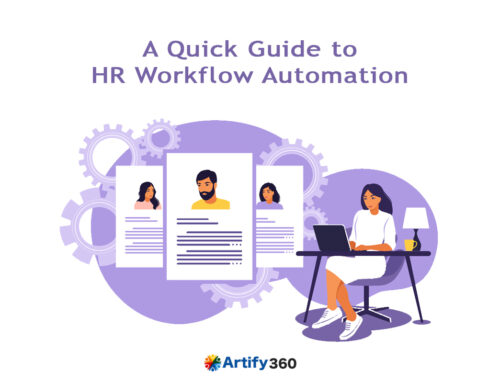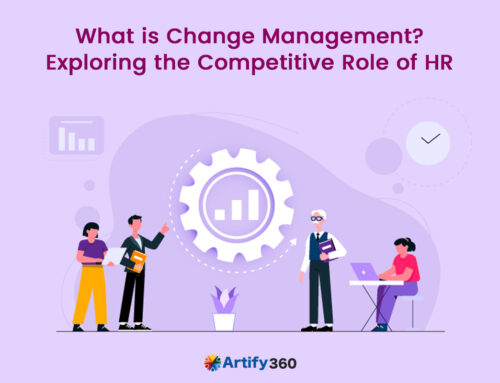In the modern business world in Kuwait HR systems have become a vital asset for organizations looking to optimize their HR processes. However, the true potential of these HR systems can only be unlocked when it seamlessly integrates with other business systems.
This blog will explore the importance of integration in Kuwait HR software, its benefits for HR processes and organizational efficiency, and the best practices for successful implementation. By understanding the role of integration and its impact on streamlining operations, you can harness the full power of your HR tools to drive efficiency and achieve remarkable results.
Significance of integrations in HR software:
Integration in HR software refers to the seamless connection and exchange of data between different business systems. It enables the HR system to interact and collaborate with other tools, streamlining processes and eliminating data silos.
HR software in Kuwait can integrate with various business systems, including payroll and benefits management, applicant tracking and onboarding, learning management and training, performance management and talent development systems.
Integration plays a crucial role in streamlining HR processes by enabling automated data sharing and eliminating the need for manual data entry. It ensures data consistency, accuracy, and real-time access across systems, facilitating efficient decision-making and enhanced productivity.
Key business systems for integration with HR software
Payroll and benefits management systems:
Integrating HR software with payroll and benefits management systems ensures seamless and accurate transfer of employee data, simplifying payroll processing and benefits administration.
Applicant tracking and onboarding systems:
Integration between HR system and applicant tracking and onboarding systems facilitates a smooth transition from recruitment to onboarding, enabling the automatic transfer of applicant information and reducing duplicate data entry.
Learning management and training systems:
By integrating HR systems with learning management and training systems, organizations can centralize employee development initiatives, automate training assignments, and track employees’ progress and certifications.
Performance management and talent development systems:
Integration with performance management and talent development systems enables Kuwait HR software to capture performance data, align individual goals with organizational objectives, and facilitate effective talent management strategies.
Benefits of seamless HR integration:
Elimination of Manual data entry and data synchronization:
Integration eliminates the need for manual data entry and synchronization across systems, reducing errors, saving time, and improving data integrity.
Real-time data sharing and access across systems:
Seamless integration enables real-time data sharing and access, allowing HR professionals and managers to make informed decisions based on up-to-date information.
Improved data accuracy and integrity:
Integration ensures data consistency and accuracy by eliminating discrepancies that can arise from manually transferring data between systems.
Enhanced process efficiency and time savings:
By automating data transfer and enabling streamlined workflows, integration improves process efficiency, reduces administrative burdens, and allows HR professionals to focus on strategic initiatives.
Best practices for implementing integration with HR software:
Assessing integration needs and goals:
Organizations should evaluate their integration requirements and set clear goals to ensure the integration aligns with their HR and business objectives.
Choosing compatible systems and integration tools:
Selecting HR software and business systems that are compatible and offer seamless integration capabilities is critical. Consider factors such as system compatibility, vendor support, and the availability of pre-built integrations.
Collaborating with it and HR teams for successful implementation:
Effective collaboration between IT and HR teams is essential for a successful integration project. Close cooperation ensures a comprehensive understanding of technical requirements, smooth implementation, and ongoing support.
Testing and monitoring integration performance:
Thoroughly testing the integration setup before implementation and continuously monitoring its performance post-implementation helps promptly identify and resolve any issues. Regular monitoring ensures the integration operates smoothly and delivers the expected benefits.
Future trends and considerations in HR software integration
Artificial intelligence, machine learning, and robotic process automation revolutionize HR software integration, enabling advanced data analytics, intelligent workflows, and predictive capabilities.
Cloud-based and mobile systems provide greater flexibility and accessibility. Integrating HR software with these platforms allows employees and managers to access HR information and perform tasks anytime, anywhere.
Data privacy regulations, such as the General Data Protection Regulation (GDPR) and the California Consumer Privacy Act (CCPA), continue to evolve. Organizations must ensure that their HR software integration solutions adhere to these regulations to protect employee data.
Final thoughts
Integrating HR software with other business systems is essential for organizations seeking to optimize HR processes, improve data management, and enhance overall organizational efficiency. Organizations can eliminate manual data entry, improve data accuracy, and streamline processes by seamlessly connecting HR software with payroll, onboarding, learning management, and performance management systems.
With careful consideration of technical requirements, collaboration between IT and HR teams, and adherence to best practices, organizations can successfully implement integration and unlock the full potential of their HR software. By prioritizing seamless integration, organizations can achieve remarkable efficiency gains, data-driven decision-making, and a competitive edge in today’s dynamic business landscape.






